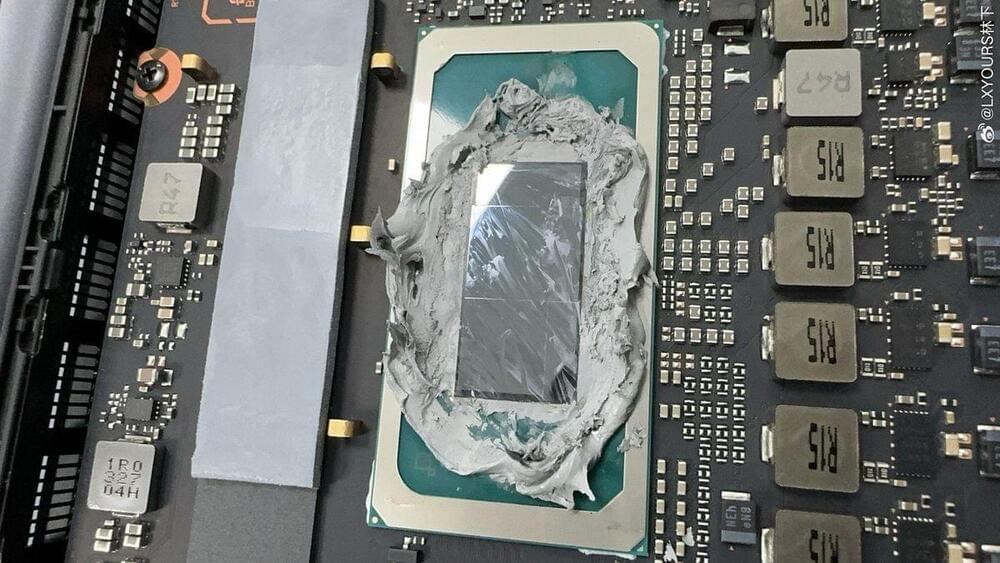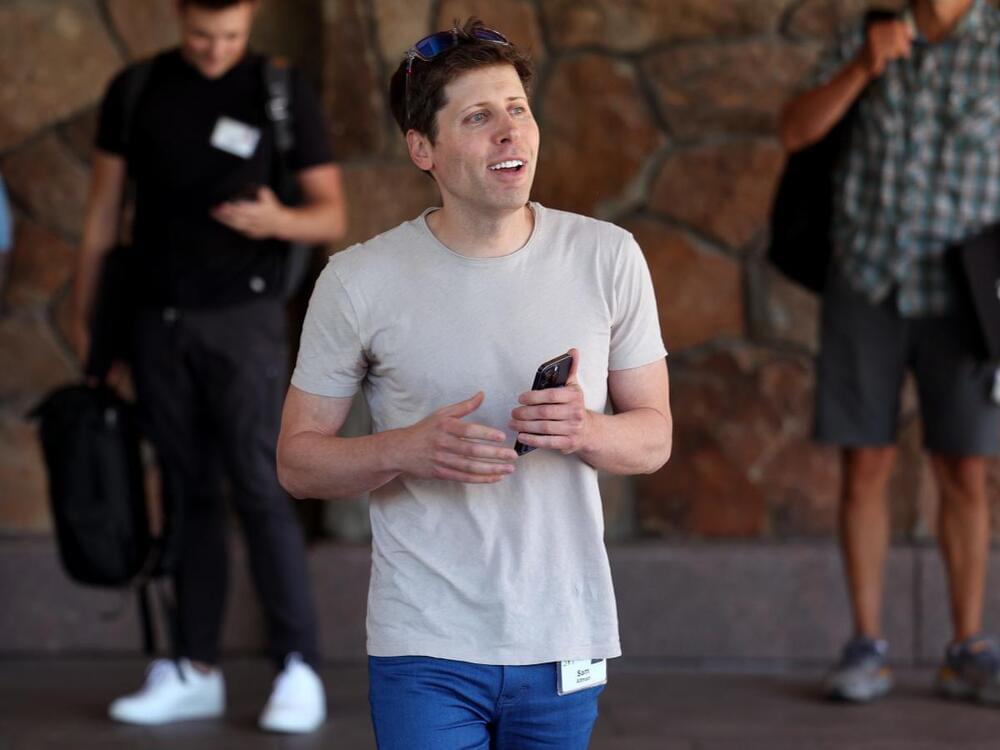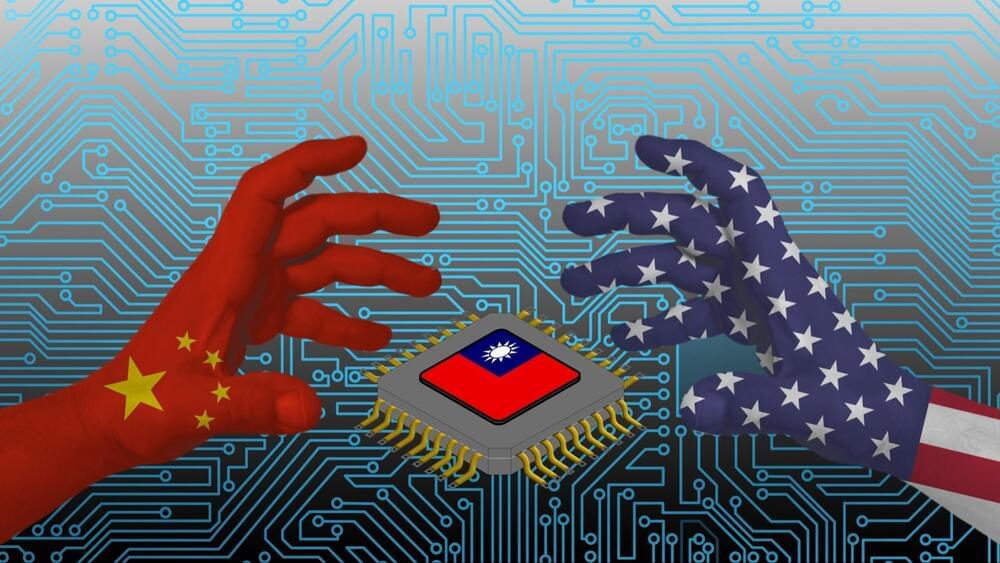A small taste of the Core Ultra 9 185H’s flagship performance.



Sam Altman says he got so many messages after being fired from OpenAI that his phone was unusable. The CEO was abruptly ousted by board members last month before being reinstated. Altman said the situation had been chaotic and confusing.
Sam Altman told Trevor Noah during a podcast appearance that he was inundated with messages in the chaotic aftermath of his firing.

Google has revealed “Gemini”, which it says is its largest science and engineering project ever.
It is also the company’s latest attempt to catch up with rival OpenAI to develop artificial intelligence, and try and build a better system than its ChatGPT.
As such, Gemini will come to Google’s Bard, the chatbot that it released in the wake of ChatGPT in an attempt to catch up. But it will also roll out to Google’s Pixels phones and elsewhere.

Is phone and digital media addiction real? If so, what steps can be taken to mitigate it? This is something that a recent study published in the journal Technology, Mind, and Behavior hopes to address as a team of researchers discuss a new instrument called the Digital Media Overuse Scale (dMOS) to determine a person’s level of addiction to digital media such as their phone. This study comes at a time when smartphones and digital media device technologies are only improving and holds the potential to help scientists and clinicians make the connection between technology and psychology.
“We wanted to create a tool that was immediately useful in the clinic and lab, that reflects current understandings about how digital addiction works, that wouldn’t go obsolete once the next big tech change hits,” said Dr. Daniel Hipp, who is a research consultant at the Digital Media Treatment & Education Center in Boulder, Colorado, and lead author of the study.
For the study, the researchers developed dMOS to address the outdated methods pertaining to bridging the gap between technology and psychology, such as how we talk about technology and asking outdated questions. The goal of dMOS is to allow scientists and clinicians to conduct a variety of analyses pertaining to digital media usage, including a broad analysis such as social media as a whole or a more focused analysis such a specific social media platform such as Facebook.
The Chinese firm, Unitree, claims that its upgraded humanoid robot, “powertrain provides the highest level of speed, power, maneuverability and flexibility.”
Chinese robotic systems firm Unitree marks a groundbreaking development with the upgrade of its humanoid robot.
The robot, called H1, has also been billed as the ‘world’s most powerful general-purpose humanoid robot’ with its advanced “powertrain [which] provides the highest level of speed, power, maneuverability and flexibility,” claims Unitree’s website.
Situated in Hangzhou, just outside Shanghai, Unitree Robotics was established in 2017. The company’s mission is to democratize legged robotics, aspiring to make them as widespread and cost-effective as smartphones and drones are in contemporary times.

Tesla is launching the newest version of its App with a new software update, labeled version 4.27.5. A variety of new features are set to roll out, including Phone Key improvements, Waypoints Support, and Supercharger Photos, so drivers know what to expect from their next charging visit.
Tesla’s 4.27.5 App Update will be released on December 5 and features a few new features after 4.27.3 rolled out last week, which featured the first looks at Cybertruck Support after the delivery event last week.
The three features that will be introduced through 4.27.5 are Waypoints Navigation Support, Supercharger Photos, and Phone Key Improvements.

University of Sussex researchers have developed a more energy-efficient alternative to transmit data that could potentially replace Bluetooth in mobile phones and other tech devices. With more and more of us owning smart phones and wearable tech, researchers at the University of Sussex have found a more efficient way of connecting our devices and improving battery life. Applied to wearable devices, it could even see us unlocking doors by touch or exchanging phone numbers by shaking hands.
Professor Robert Prance and Professor Daniel Roggen, of the University of Sussex, have developed the use of electric waves, rather than electromagnetic waves, for a low-power way to transmit data at close range, while maintaining the high throughput needed for multimedia applications.
Bluetooth, Wifi, and 5G currently rely on electromagnetic modulation, a form of wireless technology which was developed over 125 years ago.
Computers, cars, mobile phones, toasters: countless everyday objects contain microchips. They’re tiny, unremarkable and cheap, but since the outbreak of the coronavirus pandemic, they’ve been at the center of a political and industrial tug of war.
Against the backdrop of the trade war between China and the US, “The Microchip War” spotlights all the aspects of this conflict. In the film, the world’s most influential actors in this industrial sector weigh in.
No one is in any doubt that microprocessors are as strategically important as oil. The battle over microchips could potentially redefine the geopolitical world order. In the United States and Europe, fears over a microprocessor shortage have led to a flood of investment pledges. After ceding microchip production to Asia in the 1990s, market leaders in the West are now trying to bring production back home and thereby regain control of the production chain.
This resulted in the adoption of new legislation in 2022: the European Chips Act initiated by the EU Commission under Ursula von der Leyen and — in response to this — the American “Chip and Science Act” initiated by Joe Biden. China, the US, Europe: major global powers fighting over tiny microchips. Pandemic and resource scarcity have fueled the desire for industrial reconquest and economic superiority.
But is this reindustrialization actually possible? Can the West challenge the foundations of globalization in this way?
#documentary #dwdocumentary #usa #europe #asia.

In an ironic twist, the Chinese government is turning to Huawei to spearhead the nation’s quest for semiconductor self-reliance.
Andrea Nicolini/iStock.
The sanctions made it so that only those with special permission could produce the chips designed by Huawei. As a result, Huawei faced difficulties in obtaining new chips for the development of more advanced smartphones.
